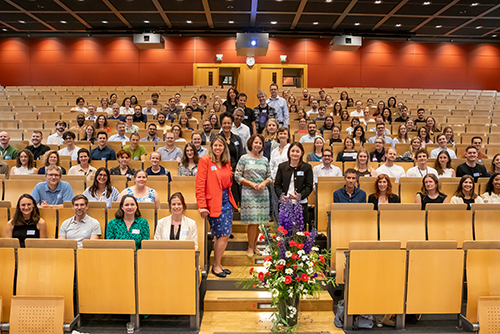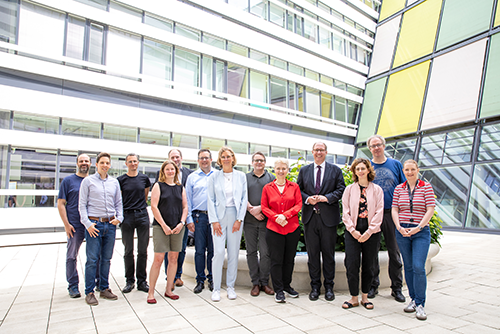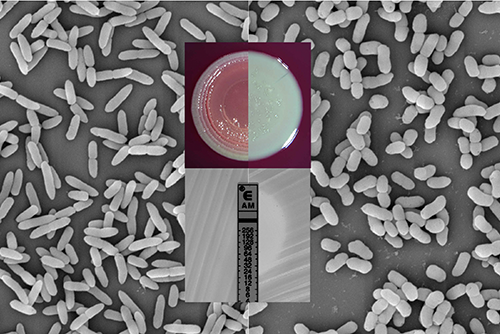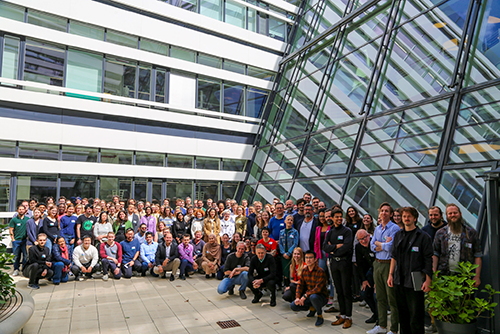An Unexpected New Role for a Protein Complex in the Cell’s Power Plant
Almost all cellular energy is produced in the mitochondria. Mitochondrial disease occurs when mitochondria fail to function as they should; it affects approximately one in 4000 individuals. In principle, all genetically related mitochondrial diseases arise from errors in the expression of encoded proteins in the mitochondrion’s genome.
When the mitochondrial genome is transcribed, long RNA strands are formed; these need to be cut down and processed to release the mature mitochondrial RNAs which are essential for the mitochondrion’s internal protein synthesis. The processing of RNA begins in regions known as transfer RNA (tRNA). Martin Hällberg’s research team at Karolinska Institutet and the Centre for Structural Systems Biology (CSSB) in Hamburg studies this initial processing around mitochondrial tRNAs to further our understanding of how the process works at the molecular level, and thus, in the long term, to better describe how mutations in key components can cause mitochondrial disease.
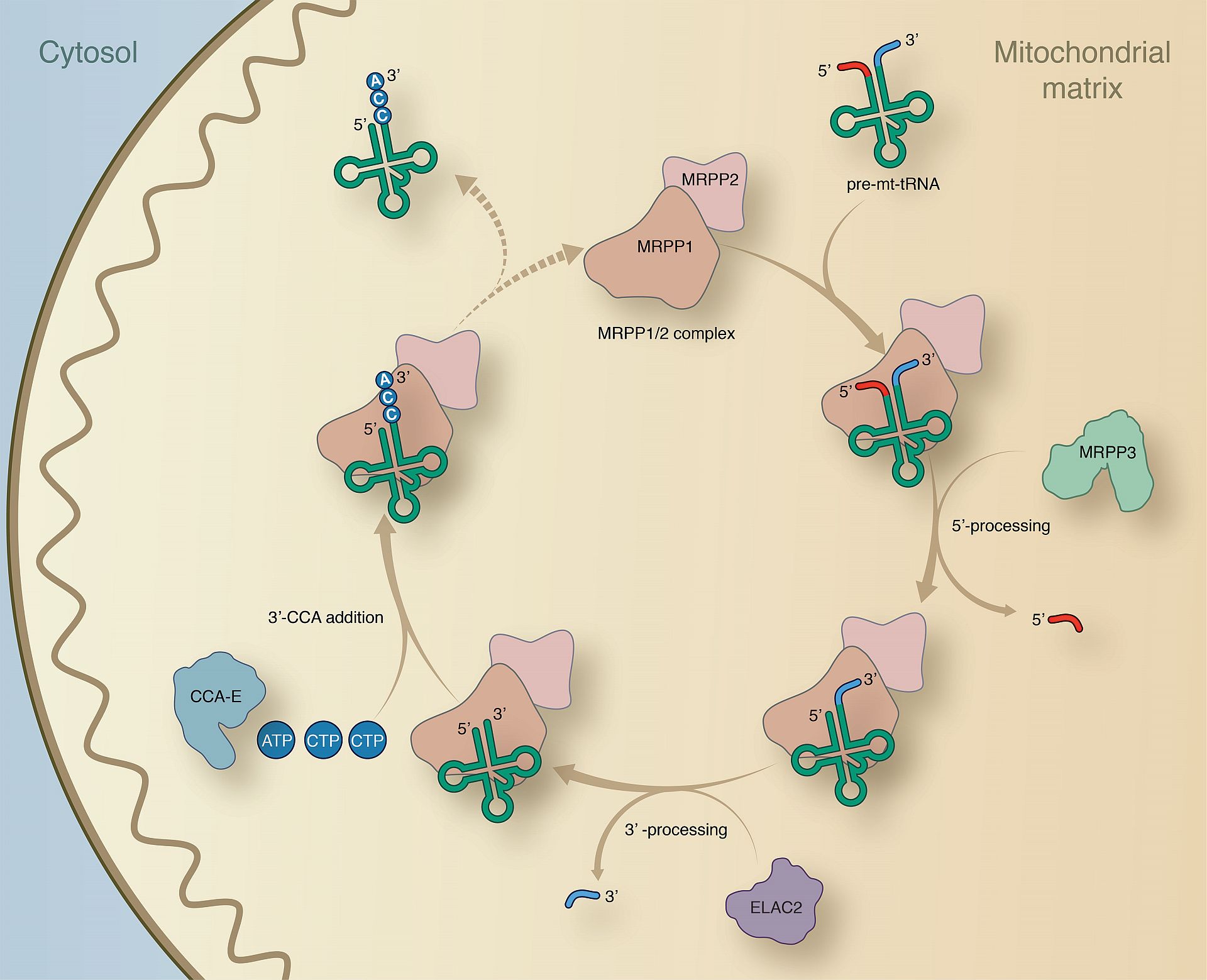
Previous research has shown that cutting at the front end (5´-end) and at the rear end (3’-end) of the mitochondrial tRNA is catalysed by different components. The mitochondrial RNase P, which is a protein complex comprising three components (MRPP1, MRPP2, and MRPP3), cuts the 5´-end of the tRNA genes, but a single protein (ELAC2) cuts the 3´-end of the tRNA genes. Martin Hällberg’s group found that two of the proteins from the RNase P complex, MRPP1 and MRPP2, surprisingly remained bound to the tRNA even after the initial 5´-processing. Even more surprisingly, the MRPP1/2 complex was also necessary for ELAC2 to cut in the 3´-end of the tRNA genes.
The results explain why mutations in tRNA components that were previously believed to only be important in the initial 5´-processing can also strongly affect 3´-processing and other downstream steps in tRNA maturation. This novel functionality of MRPP1 and MRPP2 is important when evaluating both the molecular and physiological effects of the mutations found in patients suffering from mitochondrial disease.
This research was carried out at Karolinska Institutet and at the Centre for Structural Systems Biology (CSSB) in Hamburg. Project funding was received from the Swedish Research Council and the Röntgen Ångström Cluster, which is a bilateral cooperation between Sweden and Germany in the areas of structural biology and material physics.
Original publication
The MRPP1/MRPP2 complex is a tRNA-maturation platform in human mitochondria
Linda Reinhard, Sagar Sridhara and B. Martin Hällberg
Nucleic Acids Research, 2017 1
doi: 10.1093/nar/gkx902
